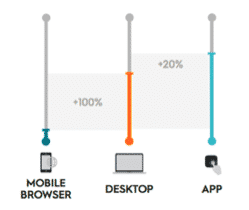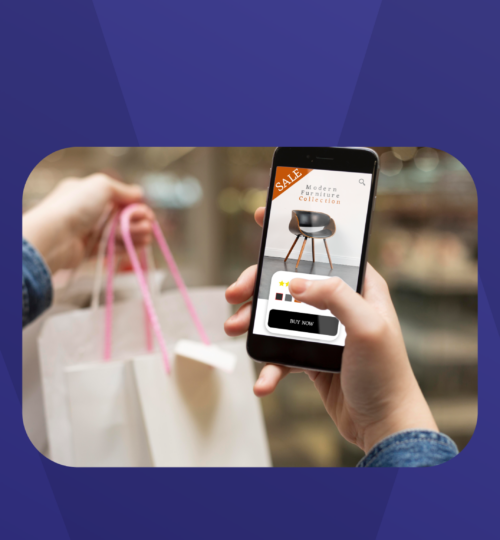The COVID-19 has caused havoc across the globe, with countries, economies, people and businesses all bearing the brunt of this crisis. The retail industry has been turned upside down, and retail businesses are scrambling to adapt to this new reality by finding sustainable ways to ensure business continuity.
With home quarantines and mandated store closures across multiple countries, retail has been dramatically affected. Over $100 billion disappeared in U.S. retail spending in March alone, and many businesses are struggling to stay afloat. With stores closed, consumers are limited to shopping online, some for the first time. The situation has accelerated the switch to online shopping and has forced many consumers to get comfortable with e-commerce as their primary shopping channel, it has greatly accelerated the shift to digital in retail trends which has long been on the table. Before the COVID-19, e-commerce was estimated to double by 2023 as per the Statista Reports; yet, new research from DigitalCommerce360 indicates that this growth will be much sooner while ecommerce order value has already increased by 50% compared to 2019.
Consumers once skeptical of e-commerce are now getting comfortable with it and finding it convenient. Secure payment gateways, availability of more pricing options, and a larger assortment of products, easy returns and quick deliveries are some of the many reasons customers are bound to stick to this channel even post-crisis. Furthermore, people are likely to exercise more caution and avoid public places and crowded shops long after the crisis ends, ensuring continued e-commerce shopping; according to a recent survey by Salesforce, 36% of shoppers saying they will not return to brick-and-mortar stores until a vaccine is available. Additionally, even after the COVID-19 effects subside, 68% of U.S. shoppers expect to continue buying essential goods online. This is especially true for Gen Z and Millennials, 73% of whom fall into this category compared to 69% of Gen X and 57% of Baby Boomers. The pandemic has greatly fast-tracked the e-commerce growth, leaving retails little room for delays in adopting a digital-first approach. The similar growth trend occurred in China during the SARS crisis in 2002 which resulted in Alibaba being the market leader. Mobile apps reform during the COVID-19, and retails shall now focus all their efforts in digitalization and mobilization in order to keep up with the competitors and be the market leader.
- SaaS solutions are vital to respond quickly to demand.
Yet, it is not only about digitalization and mobilization; it is also about being quick. The COVID19 has shown us the importance of being agile, and ready to adapt. It has exposed the inadequacies in retail businesses urgency to be prepared for such situations, now and in the future. Retails shall be better equipped with digitized, mobilized, integrated solutions that can be accessed and deployed easily. This has given way to increased demand for productized, cloud-based technology that can empower businesses to expand into new mediums without any trouble.
- Retails need to focus on personalized merchandising to stay competitive.
With increased e-commerce demand, retails now have to match up to bigger audiences and more competitors. Offering a unique and personalized experience for customers will be a real differentiator in acquiring new customers, and retaining the existing ones. Retails need to focus on real-time marketing strategies on customers not only by offering the best prices, but also personalized contents which would differentiate them from the competitors. Displaying the right assortments at the best prices to attract customers is not enough anymore.
 Websites are simply not enough to compete.
Websites are simply not enough to compete.
It is crucial to sell your products in different channels, especially in the most profitable ones. A research from Octopus Mercantile shows that mobile apps perform better in conversions, and a research from Flurry shows that mobile users are spending 90% of their time in apps, with only 10% of time now being spent in web browsers. This sends a clear signal as to the importance of a native app – mobile users may not even find your mobile-optimized website from their device if they’re spending so little of their time using a web browser. Native ecommerce apps engage and retain customers by delivering a better overall experience for mobile users.
As a final point, the growth in e-commerce will surely continue and it is crucial to be agile in order to keep up with this trend. Not only do retails need to focus on digitalization, but also they need to provide a smooth shopping experience for their customers since there is so much competition. Any hiccup or interruption to the process of them browsing, selecting, and purchasing products can lead to them becoming frustrated and simply abandoning their session. This is why in Mowico, we created a simple but powerful SaaS for retails to create their 100% native mobile apps with ease.






